Drainage pavements: the sustainable alternative for urban soil.
Climate change, rising temperatures, floods… If you follow the news, you will have noticed that, for some years now, the number of floods in urban areas has been increasing, largely due to the way we build, the way we urbanize without thinking about the future. This is largely due to the way we build, the way we urbanize without thinking about the future. Would you like to know a sustainable alternative to improve your urban environment? Well, we have the perfect solution: draining pavements.
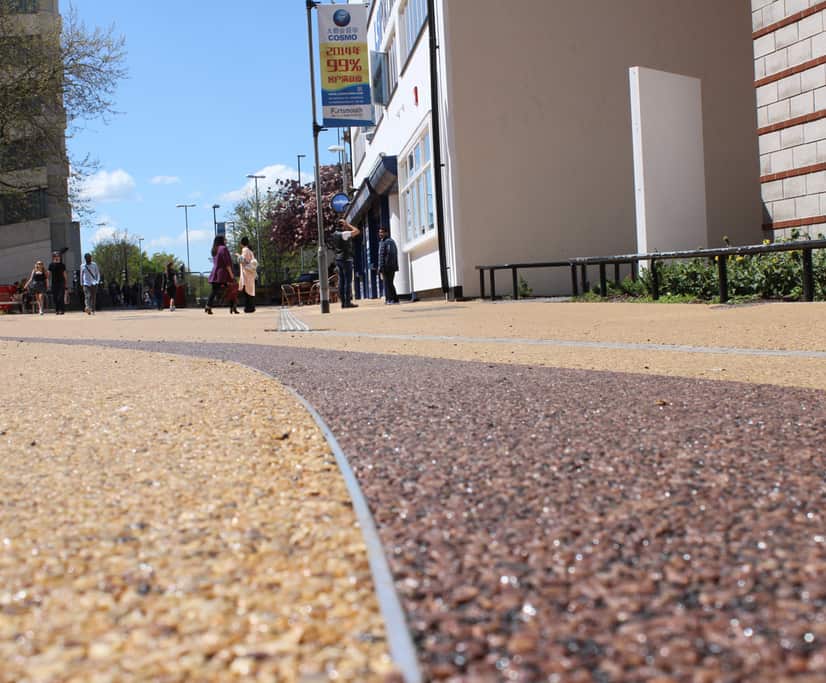
The importance of permeable urban soils for the environment.
It is clear that, although some leaders refuse to acknowledge it, climate change is becoming more acute with each passing day. It is affecting everyone, in all environments, although in some it is more evident than in others. One of the most affected are the industrialized countries and their cities. In all of them, to a greater or lesser extent, the environmental problem is becoming more evident every day. This is largely due to a basic problem, the approach to the concept of the city. This was probably in line with the expectations of the cities of a century ago. In fact, the current problem could not have been foreseen 50 or 60 years ago, when the boom in rural migration and the expansion of cities took place. What is clear is that, today, the old concept of the city has no place in our way of life or the needs of today, not to mention those of the future. The future of cities lies in making them more sustainable environments, kinder to the environment, to their inhabitants, and in which respect for the environment is part of this approach from the ground up.
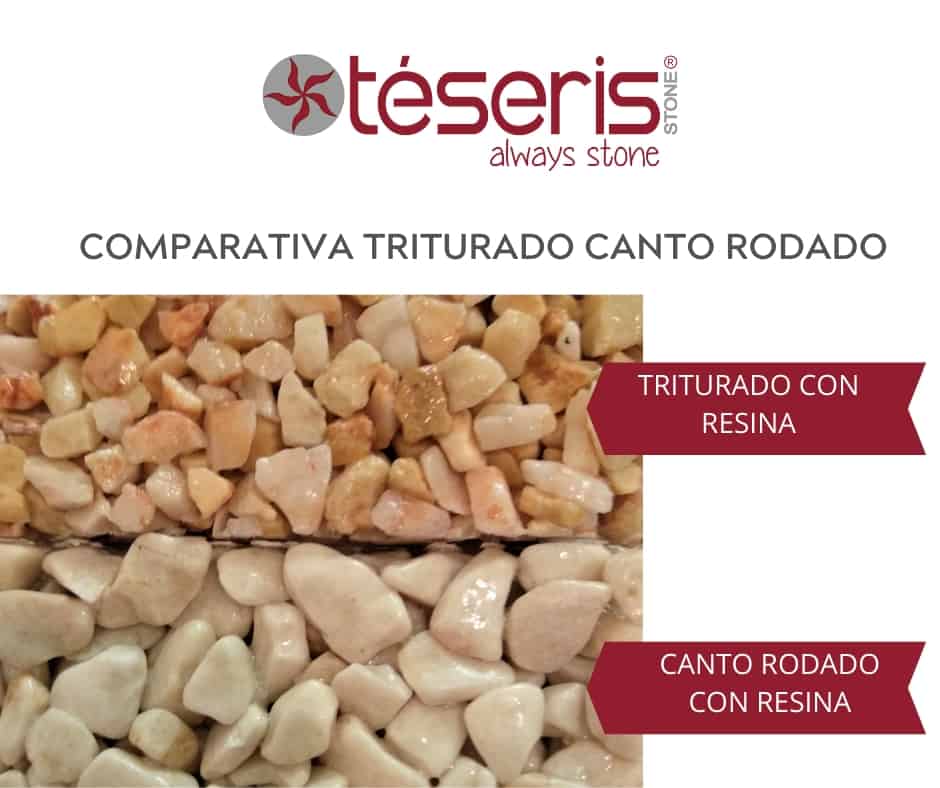
The need to create sustainable urban environments.
One of the major current urban problems affecting our environment is the soil. Our cities are built on an impermeable surface, which does not allow the soil to oxygenate and, therefore, leads to its unusability. This was thought to be a perfect solution for urbanization 50 or 60 years ago, and it probably was, but since then the whole urban environment has changed a lot and with it its problems and needs. In other countries around us they have found a solution to this problem: the installation of draining pavements. For some years now, countries such as the United Kingdom and Germany have been introducing regulations on environmentally friendly forms of urban development. In these countries, it is very common to find large spaces in which asphalt and cement slabs have been replaced by draining floors, which allow oxygenation of the base soil and natural water drainage. This type of paving is made with a mixture of resins and small-grained stones. As they are completely porous, they allow the complete drainage of rainwater and its use.
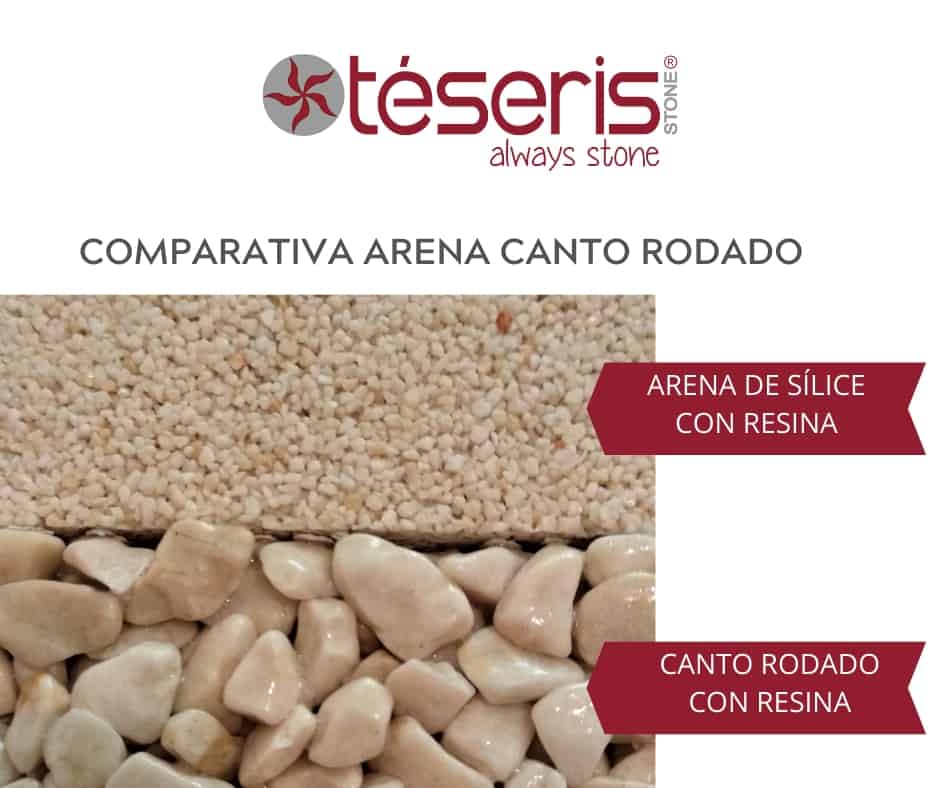
Where are draining pavements installed?
Drainage pavements are usually found in different spaces, although the most common are:
- In small private spaces, such as access corridors to farms, perimeter installations of houses, around swimming pools, etc. In them, the water reaches the base soil from the beginning, allowing the natural water cycle to continue.
- In large spaces, such as parks, esplanades, etc. In these spaces, systems for channeling and collecting water are installed, using it for gray water, urban cleaning, fountains, etc.
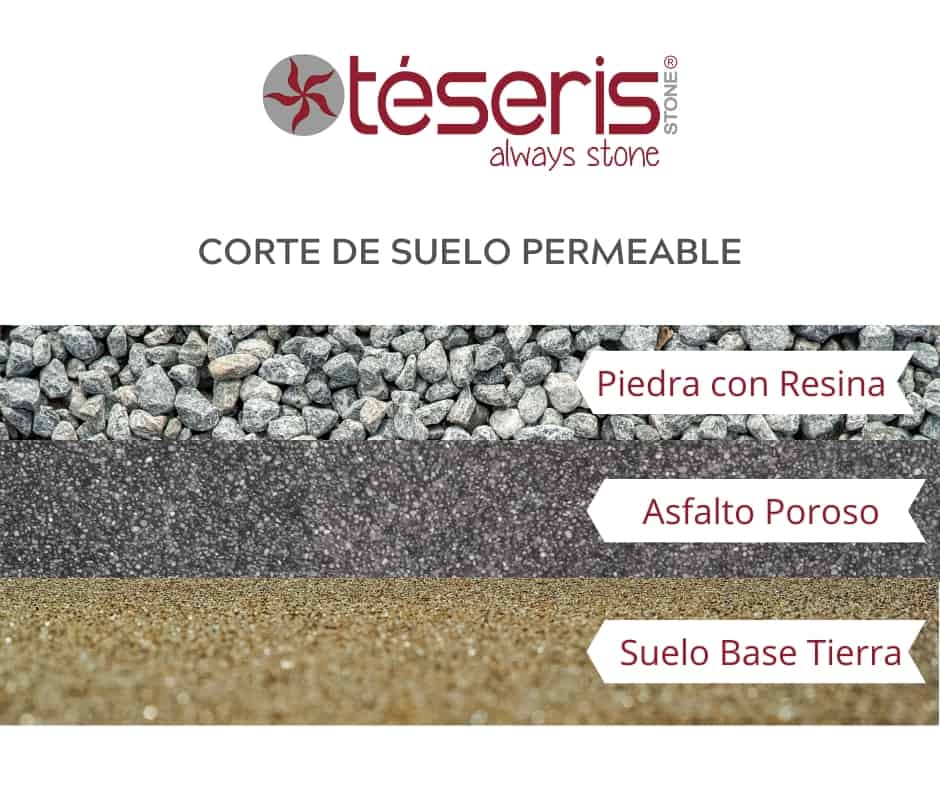
As you can see, little by little both governments and individuals are becoming aware of our environment, of its vulnerability and that we can all do our part to preserve it. Let’s hope that in a short time we will be able to take measures that will allow us to live in a healthier environment for our children and more sustainable cities for future generations.

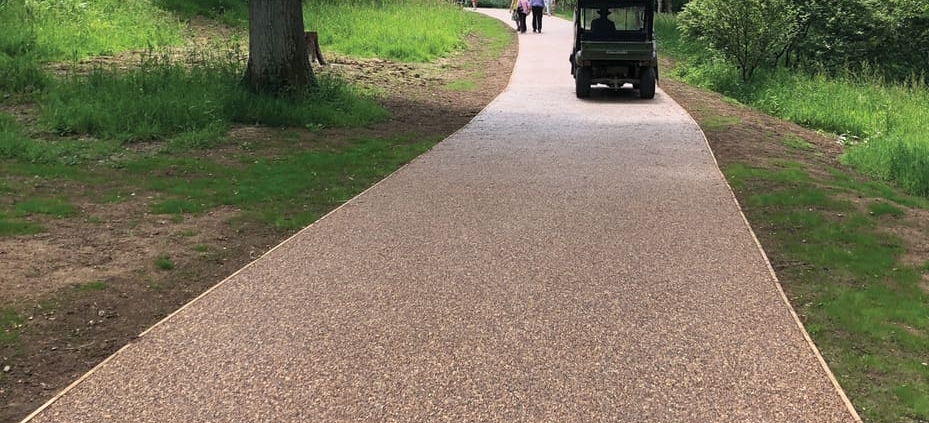

Leave a Reply
Want to join the discussion?Feel free to contribute!